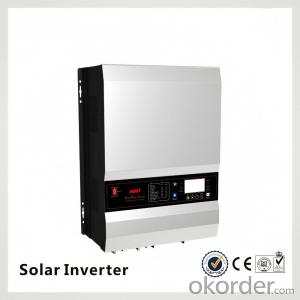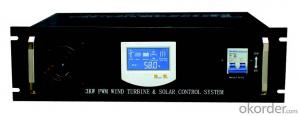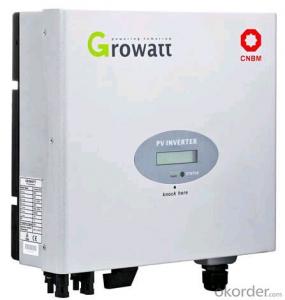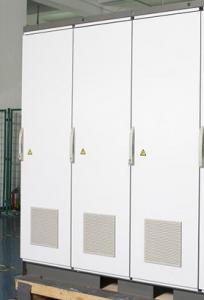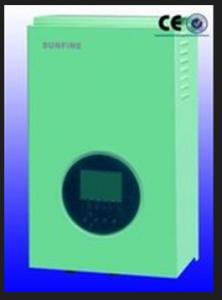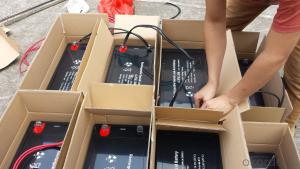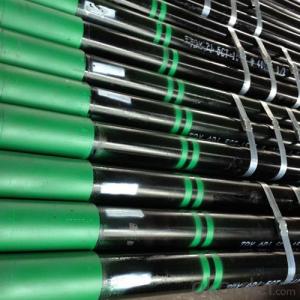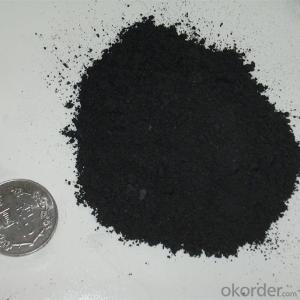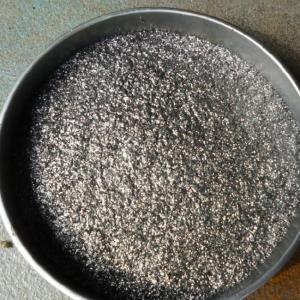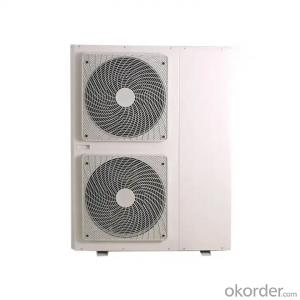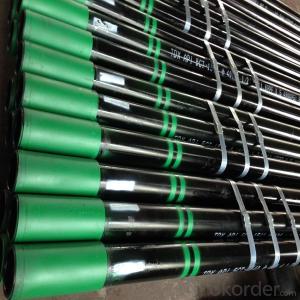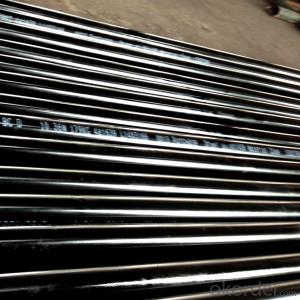Inverter Solar Hybrid
Inverter Solar Hybrid Related Searches
Inverter Hybrid Solar Solar Inverter Hybrid Hybrid Inverter Solar Hybrid Solar Inverter Solar Hybrid Inverter Hybrid Solar Power Inverter Solar System Hybrid Inverter Smart Hybrid Solar Inverter Hybrid Solar Charger Inverter Hybrid Inverter Solar System Hybrid Inverter Charger Solar Hybrid Solar Inverter System Solar Hybrid Inverter System Solar Panel Hybrid Inverter Buy Hybrid Solar Inverter Hybrid Inverter Solar Panel Tesla Hybrid Solar Inverter Inverter Solar Hybrid Solar Inverter Charger Solar Solar Inverter Solar Edge Hybrid Inverter Enertech Solar Hybrid Inverter Best Solar Hybrid Inverter 12v Hybrid Solar Inverter Best Hybrid Solar Inverter Hybrid Solar Inverter 48v Smart Inverter Solar Solar Hybrid Inverter 48v Hybrid Solar Inverter 24v China Hybrid Solar InverterInverter Solar Hybrid Supplier & Manufacturer from China
Inverter Solar Hybrid systems are a combination of solar panels, inverters, and batteries designed to provide a reliable and efficient source of electricity. These systems are capable of harnessing energy from the sun, converting it into usable power, and storing it for later use. They are an excellent solution for those looking to reduce their reliance on traditional energy sources and contribute to a more sustainable future.Inverter Solar Hybrid systems find their application in a wide range of scenarios, from residential homes to commercial establishments and even off-grid locations. They are particularly useful in areas with limited access to grid electricity or where power outages are common. By integrating solar panels with advanced inverters and energy storage solutions, these systems ensure a continuous supply of power, even during periods of low sunlight or at night.
Okorder.com is a leading wholesale supplier of Inverter Solar Hybrid systems, boasting a vast inventory of high-quality products to cater to various needs. Their extensive range includes components from reputable brands, ensuring that customers receive reliable and efficient solutions for their energy requirements. By partnering with Okorder.com, customers can benefit from competitive prices and exceptional service, making the transition to a more sustainable energy source both seamless and cost-effective.
Hot Products




















